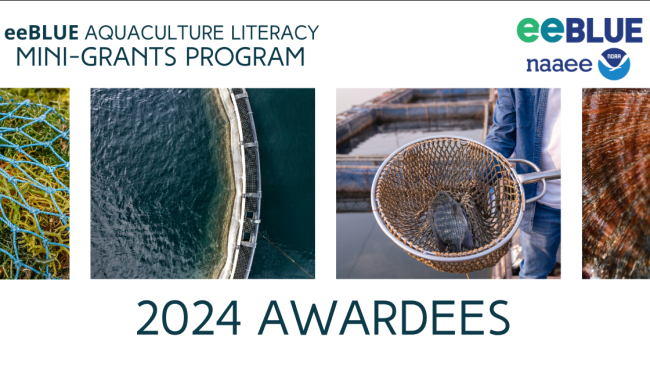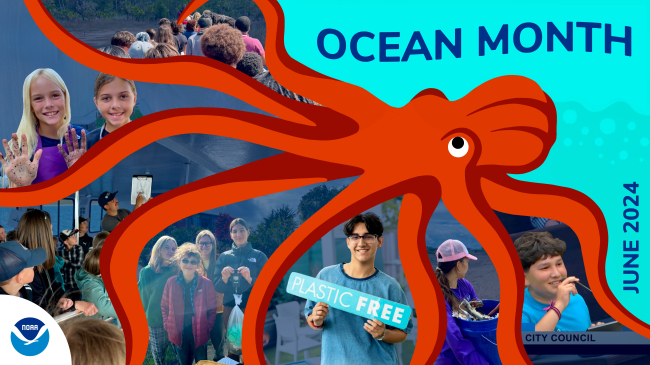Montana has one of the most extreme climates in the country, with record-breaking temperature swings of more than 100 degrees Fahrenheit over the course of a single day. In February of 2018, a blizzard sent three Indian reservations and two counties into a state of emergency. Twenty-foot snow drifts offsite link pushed up against house doors, blocking those inside offsite link from reaching food, water, and vital medical services. Although the Fort Peck Indian Reservation in northeastern Montana was not one of the areas hit by this disaster, elders from the Assiniboine and Sioux tribes worry that extreme winter weather could threaten their own reservation in the future.

The Weather Forecast Office in Glasgow, Montana, gave 60 NOAA Weather Radios to the tribal elders of the Fort Peck Indian Reservation. (Image credit: Patrick Gilchrist/NOAA)




